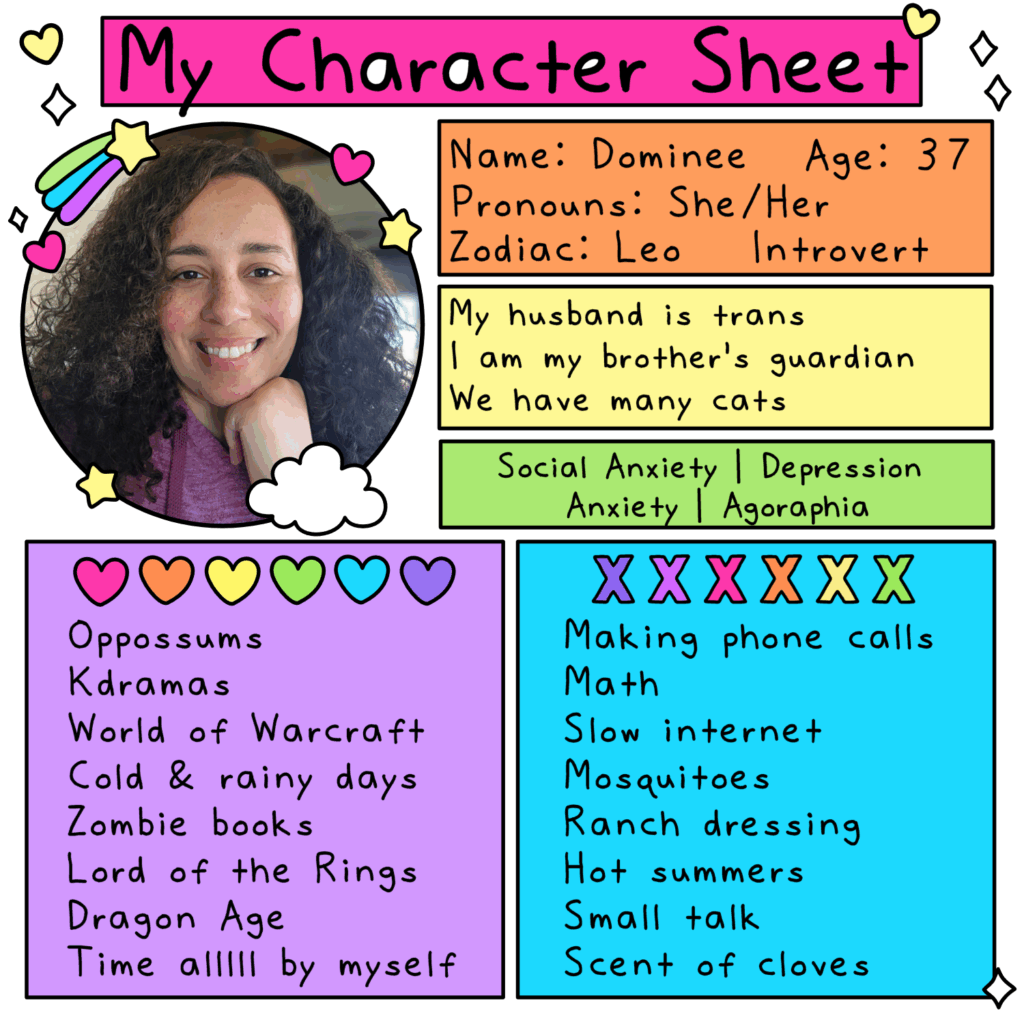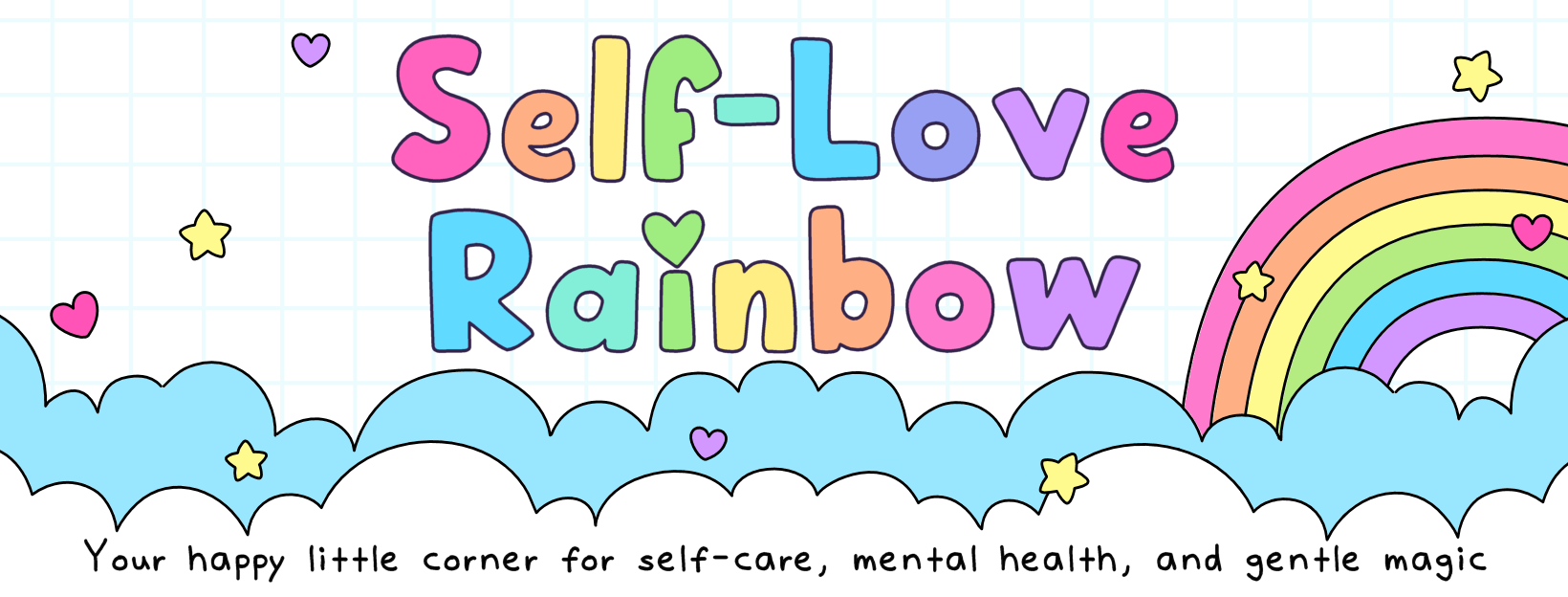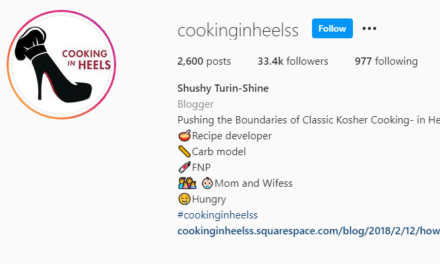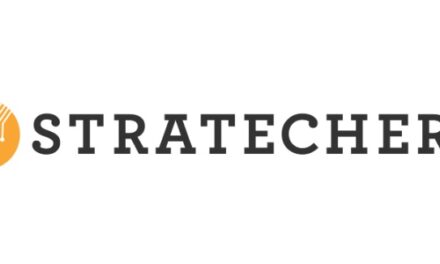Entrepreneur: Dominee Calderon
Biz: Self-Love Rainbow
Tilt: Gentle, accessible peer-to-peer self-care and mental health support
Primary Channels: Facebook (325k), Instagram (282k), Patreon (5k), Newsletter (39k), Pinterest (123.6k)
Time to First Dollar: 1 year
Revenue Streams: Patreon, planners (print books), workbooks, and other content downloads
Our Favorite Actionable Advice:
- Be authentic: Dominee says being relatable to your audience is essential.
- Keep going: She followed the slow-and-steady path for her business, quitting her full-time job about nine years after starting her blog. She says if what you’re doing doesn’t feel like it’s paying off in the present, it will pay off in the future.
- Build a mutually beneficial community: Dominee built a three-tier subscription community on Patreon, where her audience gets access to her content and she gets to have one-on-one interactions with her community members.
The Story of Dominee Calderon

Given May is Mental Health Awareness month, you’re likely to see Dominee Calderon’s gently uplifting, cheerfully colorful art and infographics shared somewhere. I’ve come across them posted and reposted on Instagram, Pinterest, Facebook, X, Reddit, Imgur, even TikTok, all from users sharing the same message: Take the time today to be kind to yourself, give yourself grace, and practice self-love.
Of course, seeing her content in the wild is only the first page of the story. Dominee has grown Self-Love Rainbow from a personal blog to a vibrant, supportive community around the world.
During this interview, Dominee shares how nonprofits, including domestic violence shelters, use her worksheets. She tells of a fan who reached out to share how comforting it was to find her content in a tumultuous and uncertain time. I can only imagine how it feels to know your work helped someone in a moment of vulnerability, but after getting to know Dominee and her content, it’s not a surprise.
“What started as a personal journey toward healing eventually became something I wanted to share with others,” Dominee says. “I’ve always loved writing and drawing, and over time those creative outlets turned into the heart of my self-care and mental health advocacy work.”
So she did what artists and creators do best – she turned her experiences into content people could relate to and watched it grow.
Taking her first steps in her personal journey
In 2011, the digital landscape differed vastly from today in terms of where people hung out and what they talked about. As Dominee remembers it, the internet was not a place to be open about mental health.
But Dominee, struggling with depression, anxiety, and self-love, was bold enough to open up about her journey. She started a blog to document her journey. To her surprise, it resonated.
“It sounds so silly now, with how open the conversation around mental health has become,” she says, “but back then? I truly thought I was in the minority when it came to struggling with my mental health, and especially with social anxiety.”
Dominee explains, “What I needed most was someone to encourage me to take those itty bitty steps. So I became that voice for myself and others.” In other words, she didn’t just see a gap in the market; she created the content and community she needed, trusting she wasn’t alone in needing it.
Finding a foothold and an audience
Her slow-and-steady journey happened through consistency – showing up, posting regularly, staying present and active, and always working on something new. In the early days of the 2020 pandemic, she saw a significant jump in her audience and engagement. “I think with a lot of folks stuck at home were really craving a little bit of brightness and encouragement., Dominee says.
Her blog houses much of her content, including free downloadable worksheets, books, and planners, access to her Patreon and newsletter, and more. Beyond her website, Dominee still actively uses her first social media channel, Facebook. What started as a place for her to share her blog posts and connect with a small group of other bloggers has grown into a platform where she regularly connects with her community. You can also find her on Instagram and Pinterest, both of which are so positively and pleasantly uplifting that you can’t help but stick around for a while.
But while social media can be a place to grow your audience and foster relationships, it comes with its pain points. As Dominee describes it, “Social media can kind of feel like you’re yelling into a void with the algorithms.”
Prioritizing what works for the content entrepreneur
Recognizing what works for her – and what doesn’t – has been a big part of finding her content tilt. Dominee says the biggest struggle in her content journey has been the shift to platforms prioritizing video content like Instagram reels, TikTok, and podcasts. “I just don’t thrive in those mediums. I connect with others best through my written words,” she explains. (We, in fact, conducted this interview through Google Docs instead of Google Meet.)
However, as a mental health advocate who has built her brand by encouraging people to make self-care and mental health a priority, Dominee recognizes the value of knowing yourself and what works best for you. “It’s tempting to try to keep up and do it all,” she says, “but I’ve learned that stretching myself too thin to fit into trends that don’t align with my strengths just leads to burnout.”
Of course, creators can’t avoid all challenging things. Dominee shares that marketing has been the most surprising hurdle. Promoting her blog, social channels, Patreon, newsletter, and books are unavoidable parts of being a content entrepreneur. But even here, Dominee highlights the importance of staying true to herself and her brand. “I’ve really had to dig through all of the business-y marketing advice and find what feels authentic to me,” she says.
Sharing and monetizing her unique content
I first came across Dominee and her annual Self-Care Planner in 2020, while I browsed the Lulu Bookstore for interesting projects to share on Lulu’s Instagram account. (Lulu is the owner of Tilt Publishing.) It’s been delightful to keep an eye out for Dominee’s planners every year, seeing new designs and variations. (For 2025, she created the Self-Care Planner and a witchy version in two sizes.)
But just like her bite-sized, shareable social content that finds its way across the internet, the annual planners give just a glimpse at the full scope of content created over the years. Her first effort to monetize her blog a year into the journey was a bare-bones version of today’s planner – a digital download of monthly worksheets of journaling prompts.
Dominee promoted it to her readers, Facebook fans, and newsletter subscribers for what she considered “a huge success,” although not nearly as successful as her business would become. Planners work well as a revenue stream because people need a new one every year.
“I love it when folks that have used the planners send me a comparison of their answers (to her wins and challenges question) from the different years,” she says. “It’s an awesome tangible way to see how you’re growing.”
Expanding revenue streams and adding Patreon
Over the years, the planner has evolved from 24 pages of journaling prompts and a calendar template to the 150-plus-page “labor of love,” as Dominee puts it. For those who need a little extra guided self-care, her product offerings include the Self-Love Rainbow Workbook and digital downloads of workbooks, worksheets, coloring pages, and more.
Most of her revenue comes from Patreon. With three access tiers priced at $2, $5, and $10 a month, Dominee has created an accessible community for dedicated fans and a valuable home base for herself.
Her subscribers gain access to content like monthly worksheets, coloring pages, self-care activity guides, and more. Dominee gains access to something even more valuable – one-on-one connections to her audience. “It has changed the way I look at my business,” Dominee explains. “It really helps me almost be in this collaborative role where I get to create things for people instead of creating things and then trying to find the audience for them.”
Knowing when to grow and when to let go
These days, Self-Love Rainbow is Dominee’s full-time job. “I didn’t have a business plan or a specific goal when I was starting out. I was creating for the sake of creating and making money on top of it was just the icing on the cake,” she says.
Dominee took the leap to full-time entrepreneur after working retail and mostly enjoying it. “During the pandemic, I just found myself completely burned out, and it felt like the right time to let go of it,” she says.
Five years later, she continues growing a sustainable, dedicated audience across social media channels, email, and Patreon subscribers. She stays motivated and inspired through a genuine love for her craft, a commitment to routine, and a strong connection with her fans.
Despite telling me “I’m notoriously bad about making plans,” Dominee definitely has more to come. She hopes to continue to grow her Patreon community in the coming months. She also has an eye on the open-source social media channel BlueSky. She sees it as a platform that is “creative, community-focused, and there’s a lot of space for art, which really aligns with what I do.” But of course, as she says more than once throughout this interview, bandwidth is important too.
“The landscape of content creation is always changing, and while it’s important to be flexible, it’s equally important to discover what works for you. Don’t spend all of your time trying to chase the latest trends – instead, find what makes you enjoy your work and carve out your niche there.”
About the author
Lauren is the Content & Community Manager and co-host of Publish & Prosper, Lulu’s publishing, ecommerce, and marketing podcast.











